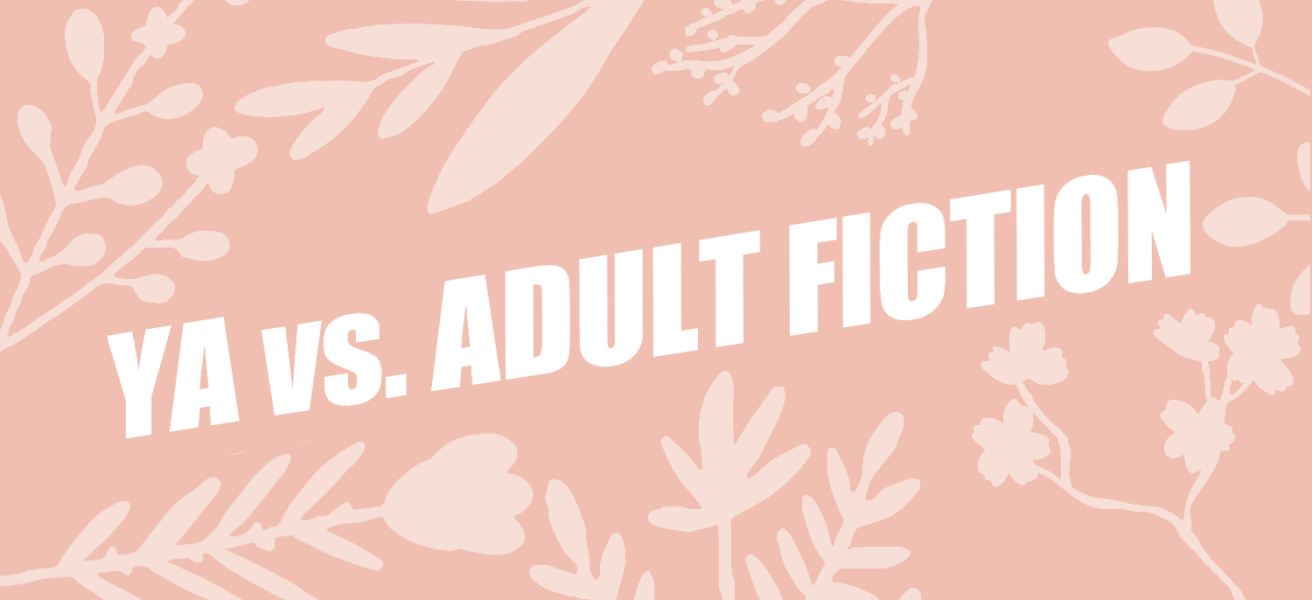Everyone always asks me, “What is the difference between YA (Young Adult) and Adult books?” Well, the answer is not as easy as you may think it is.
YA or Young Adult can be split into two categories Middle Grade Fiction and Young Adult Fiction. Adult books can be split into NA (New Adult) fiction and Adult fiction. Additionally, there are Hybrids or crossovers between these categories (why some books expand into blockbuster movies). So do not get stuck with labels when discussing these genres of books! We are going to quickly explore these categories a little today in this blog post!
First I am going to talk about the YA vs AD then I will break them down into the subgenres to discuss them as well.
YA (Young Adults):
- The age of the protagonist is typically around 15-19 years old. Adults will either have small, non-existent roles, or can be the antagonists of the stories.
- Voice: Stories are told (typically) in 1st person and always as the teenager. Teenagers do not want to be lectured or talked down to like an adult would do. So the voice is always a teenager talking to another teenager.*** A hint for writers: If a book even sounds like an imitation of an adult talking to a teenager, the book may not be that successful. ***
- Themes: Bullies, firsts (love, sex, or heartbreaks), coming of age, sexuality, loss of innocence, etc.
- The lengths of books are typically short (less than 50,000 words). The crossover or hybrids into adult fiction can be more in length though. I consider YA to be “quick reads,” since they are shorter with smaller sentence structures and simpler language.
- Novels are usually in present tense. Stories are happening as you read them. You are placed in the action with the protagonist as it happens. The endings are usually happy and resolved.
Adult:
- The age of the protagonist is above the age of 20. Adults have the major roles in the novels.
- Voice: Sometimes told in 3rd person (sometimes in 1st person). We sometimes hear the inner thoughts of a character, but usually we are reading a bystander who is telling us the story.
- Themes: Love (marriage, divorce, dating, etc.). Stories could have sex, drugs, cuss words, violence, etc.
- The lengths of the books are longer. The sentence structures are more complex, use larger words, and can be detailed in their descriptions.
- Novels can be past tense or present tense. Stories may not be happening in the now, but are re-told. Time may have passed in the stories. They also use nostalgia as well. The endings can be either happy or not resolved in some stories.
Subgenres:
Middle Grade:
- Age: Younger teenager around 11-15 years old
- Themes typically include friendships, problems with parent’s rules, bullies, struggles with belonging, etc. They rarely discuss sex or love unless crushes or “puppy love.” Typically, there is no violence.
- Much simpler in language and a lot less words than YA or Adult. 30,000 words per book in this subgenre.
- These tend to be hybrids or crossovers into YA.
New Adult:
- Ages around early 20s. Sometimes the characters are in college or recently graduated high school.
- Themes include seconds (second love, heartbreaks, etc.). They may include their first in things like drugs, parties in college, sex, etc.
- These tend to be hybrids or crossovers with both YA and Adult fiction novels. Points of views may vary in this subgenre.
Examples of each (Granted there are so many genres in each category. I chose romance novels to show the differences.
Middle grade:
- “Wonder” by R.J. Palacio (no romance but deals with bullies and a protagonist who is trying to fit in)
- “The Thing About Jellyfish” by Ali Benjamin (no romance- deals with a loss)
- “New Kid” by Jerry Craft (being a new kid at a new school)
YA:
- “The Hate U Give” by Angie Thomas (loss of innocence)
- “To All the Boys I’ve Loved Before” by Jenny Han (1st love)
- “The Fault of Our Stars” by John Green (1st love)
- “Simon vs. The Homosapians” by Becky Albertalli (sexuality and 1st love)
New Adult:
- “Beautiful Disaster” by Jamie McGuire (college romance- not her 1st love)
- “What If It is Us” by Becky Albertalli and Adam Silvera (1st true love- already came out)
- “It Ends With Us” by Colleen Hoover (1st love, heartbreak and seeing your 1st love again after several years apart)
Adult:
- “The Notebook” by Nicholas Sparks (love through the ages, nostalgia, and sex)
- “Fifty Shades of Grey” by EL James (sex)
- “All Your Perfects” by Colleen Hoover (love, pregnancy, and divorce)
Hybrids: You will notice that these novels are longer than a typical YA and explore themes like violence, love (romantic love scenes), have main characters who are adults, etc.
- Harry Potter series (adult characters and nostalgia)
- The Hunger Games series (violence and a love triangle)
- Twilight series (love triangle and violence)
- The Divergent series (Love triangle and violence)

